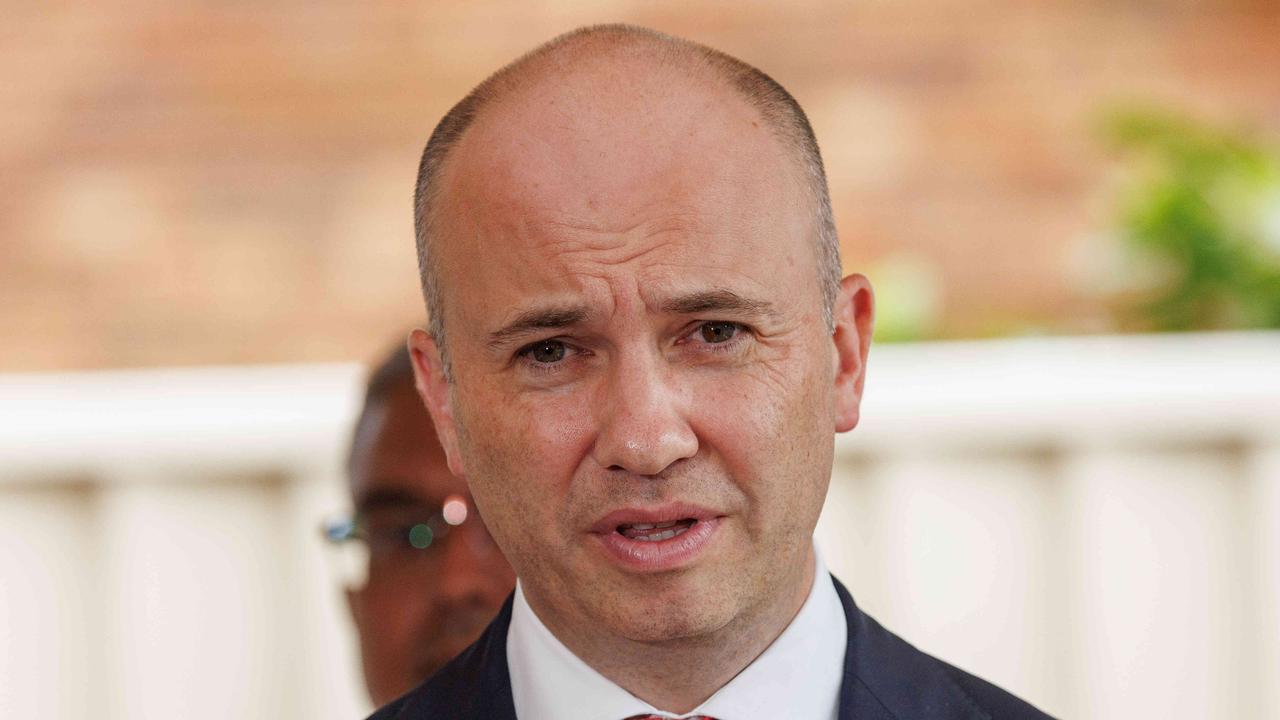Joe Hildebrand on why the climate kids can’t win
Amid all the outrage on both sides of the Greta Thunberg debate, there is one question that remains unanswered, writes Joe Hildebrand.

ANALYSIS
In the year 2000, more than 200,000 people marched across the Sydney Harbour Bridge to support Indigenous reconciliation and demand the Howard government apologise to the Stolen Generations.
I was one of them.
It felt like a great movement, both symbolically and literally, an unstoppable force.
Meanwhile, a top Labor strategist, widely regarded as the best political mind in the country, looked out upon the masses and said: “I don’t see a single vote in it.”
History proved him correct. John Howard went on to win two thumping election victories in 2001 and 2004, both on far bigger margins than in 1998.
Then Kevin Rudd was elected and the Apology was finally delivered — it was powerful and passionate and again I was proud — yet over the years that followed, the gap refused to close. The real change didn’t come.
RELATED: School principal blasts Greta in newsletter
RELATED: Jeremy Clarkson rips into climate change advocate
RELATED: The PR guru behind the rise of Greta Thunberg
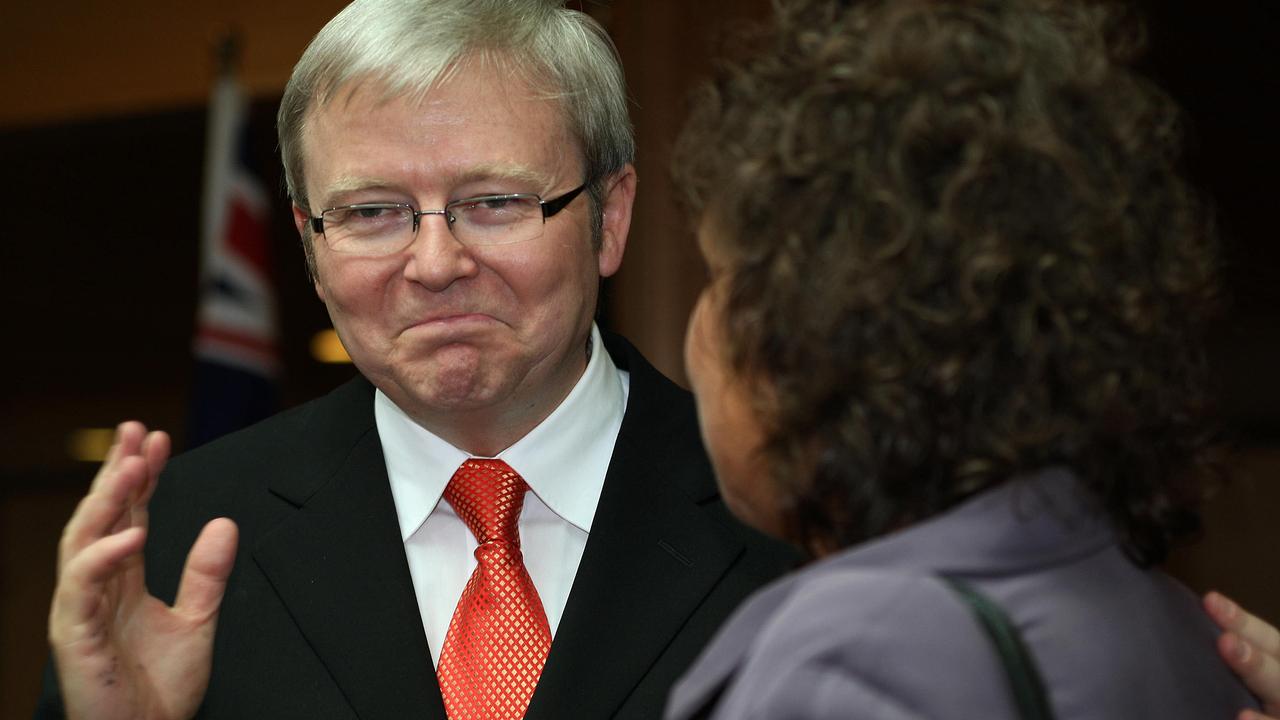
This brings us to Greta Thunberg, the electric sceptic who has electrified both the left and right like a 50 amp fuse.
Amid all the breathless outrage and hyperbole on both sides, there is one question that remains unasked and unanswered: What exactly is she trying to achieve?
Of course we know that Greta wants the world to stop warming and world leaders to make that happen. But how? And who? And by what means does she plan to persuade those she has denounced as self-serving money-grubbing environmental vandals to act?
Perhaps somewhere in the millions of words that have been written and spoken and chanted and shouted by her and her schoolyard climate strikers this question has been answered but for the life of me I haven’t seen it.
All I have heard is a lot of talk about how passionate the kids are and how wonderful that is. But passion on its own achieves nothing without a practical plan to back it up.
Romeo and Juliet were passionate and look what happened to them.
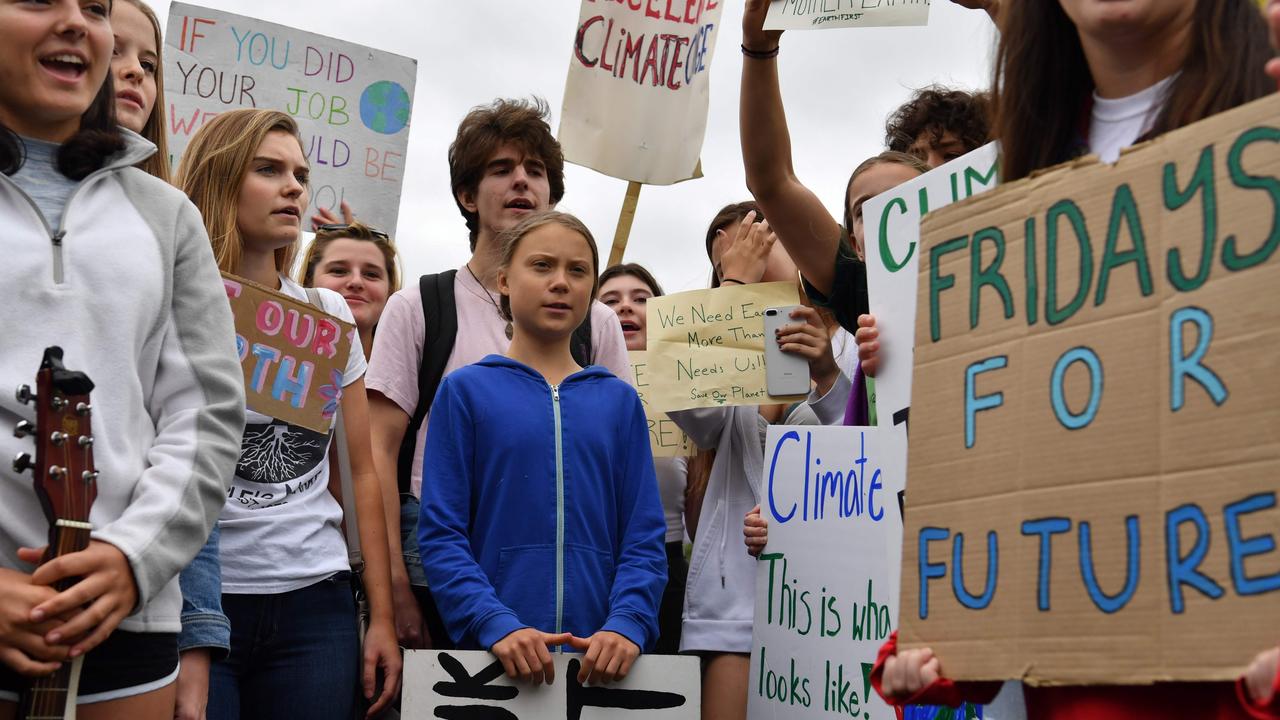
The hard truth is that unless it is directed towards an effective and realistic goal, passion is pointless. And that is the most baffling thing about the whole climate strike phenomenon.
Firstly, whose minds are they trying to change? The hundreds of thousands in the crowds? The evil capitalists they shout about? The so-called climate sceptics in the commentariat? The general public?
It’s a fair bet that the marching crowds are already on side and it’s a fair bet that the soulless capo-fascists are unlikely to have a Damascene conversion at the hands of some angry adolescents.
Meanwhile, the climate sceptics are having a field day skewering the inevitable wild claims that emerge from any teenage gathering. Just ask a 17-year-old how many roots he pulled at Schoolies.
And as for the general public, they’re already on board. Poll after poll has shown an overwhelming majority of people believe in man-made climate change and think something should be done about it. Their only question is what that something is and how much it will cost them.
Of course pensioners want their grandkids to have a good life but they also need to pay their power bills. Of course workers in mining towns would rather not scoop coal every day but they need to put food on the table.
So again: Who is the audience? Where are the votes? What is the plan?
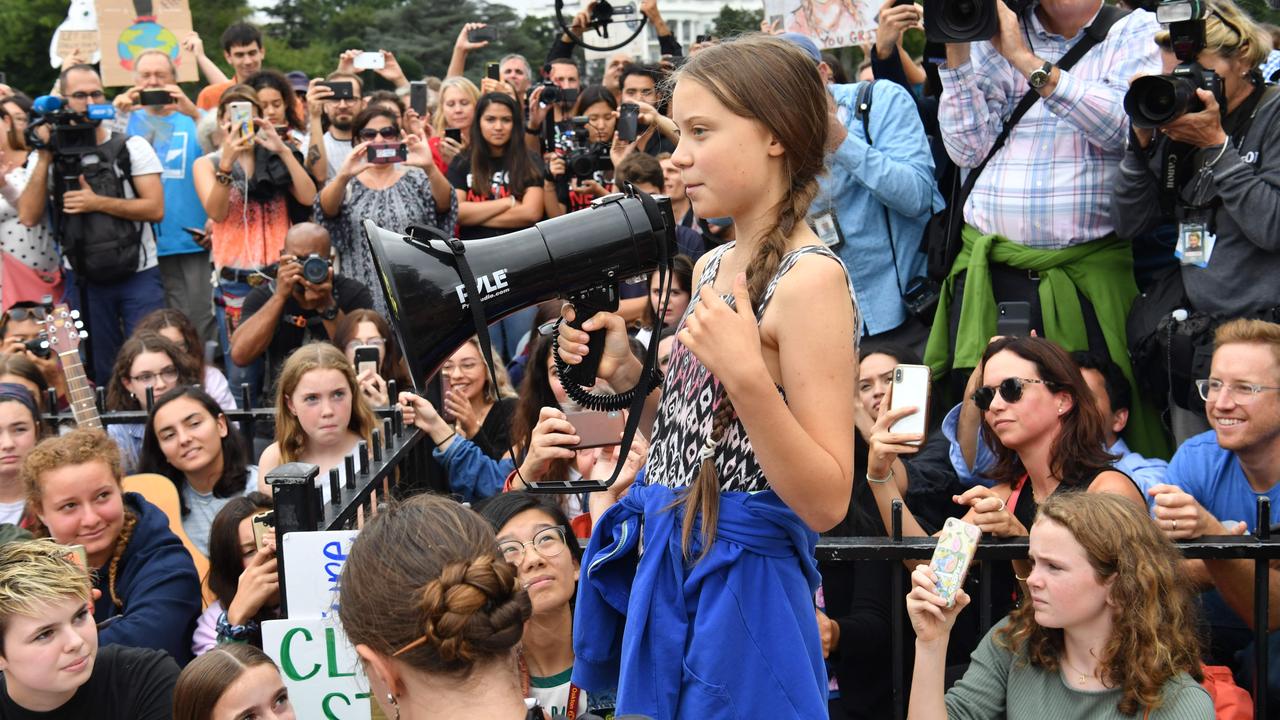

The reason I want to know is because like most people, I believe in climate change. I believe humans are causing it and I believe something needs to be done about it.
This is because I know that there are people smarter than me who have done the research and the vast majority of them have concluded that this is a problem we need to fix.
But I also know that unless Doogie Howser M.D. was a documentary series, not one of those people is a teenager whose sole qualification in global warming is knowing how to skip class on a sunny afternoon.
And all of my climate change-believing friends are equally perplexed: How on earth did a rational debate once led by professors in lab coats get hijacked by hysterical teenagers in hoodies? And how do they imagine the conversation will go?
“Hey presidents and prime ministers! You know how you ignored that massive body of evidence all those scientists gave you? Well we hate you so shut up and change your mind!”
If anything, the history of the climate debate has demonstrated time and again that the more extreme and apocalyptic the claims the more damage it does to the cause because when they don’t materialise, it gives sceptics bucketloads of ammunition to argue that the rest of the data must be bogus too.
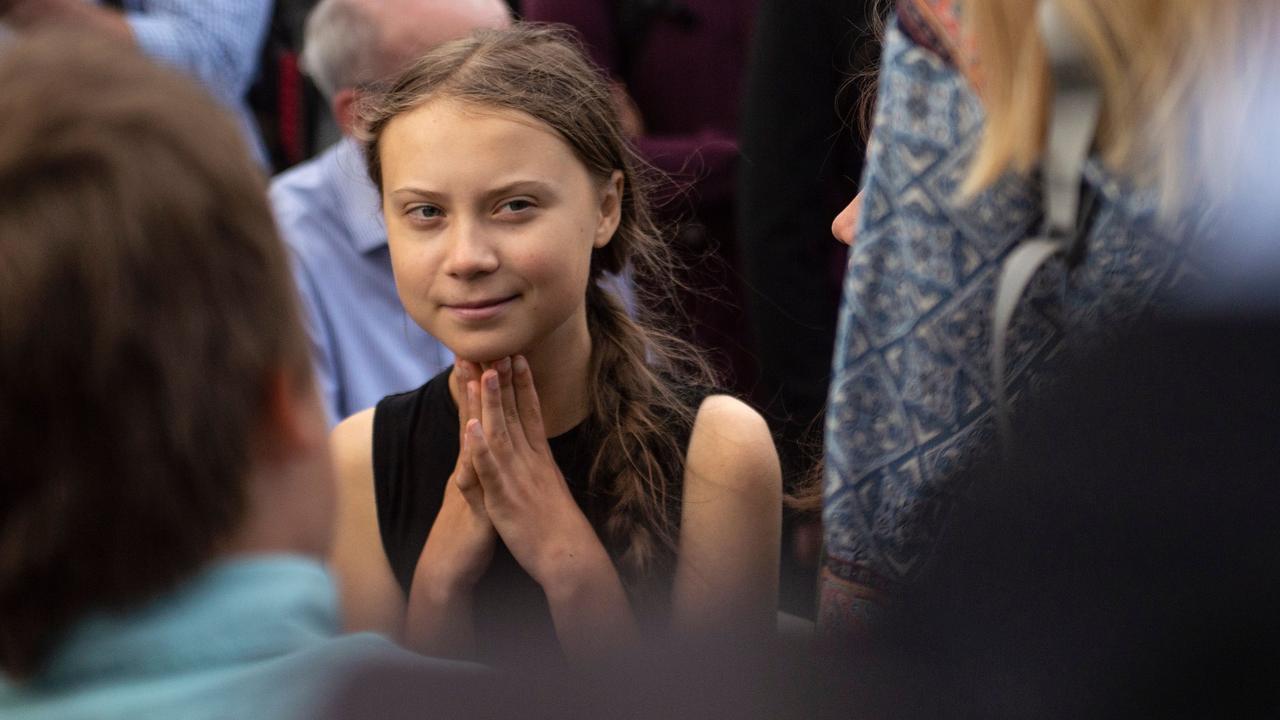
Just look at how successfully the right has used Tim Flannery’s wildly inaccurate predictions to rubbish the whole climate argument. Or how celebrities and political leaders alike were busted by real scientists for using old photos and discredited claims about “the lungs of the world” in their frenzied rush to jump on the “Amazon is burning” bandwagon. Hasn’t that gone quiet.
The fact is that managing climate change is incredibly difficult and complex and the only certainty is that anyone who thinks it can be fixed by a hashtag or placard is 100 per cent wrong. A close friend of mine works for the UN helping to set up emissions trading and carbon abatement schemes for developing countries. He is one of the best people in the world at doing what he does and even he struggles to explain what that is in language an educated adult could understand, let alone an anxious adolescent.
And a US researcher recently crunched the numbers and found that in some cases, the recycling process could actually produce more carbon dioxide than just throwing recyclable materials in landfill. It is a difficult day for simple solutions when even recycling turns out to be bad for the environment.
And so, again, tackling climate change is complicated and often counterintuitive.
Indeed, one could argue that the most useful climate change contribution of the past few weeks didn’t come from Greta Thunberg, but from Scott Morrison — the hard left’s quintessential ‘climate bogeyman’.
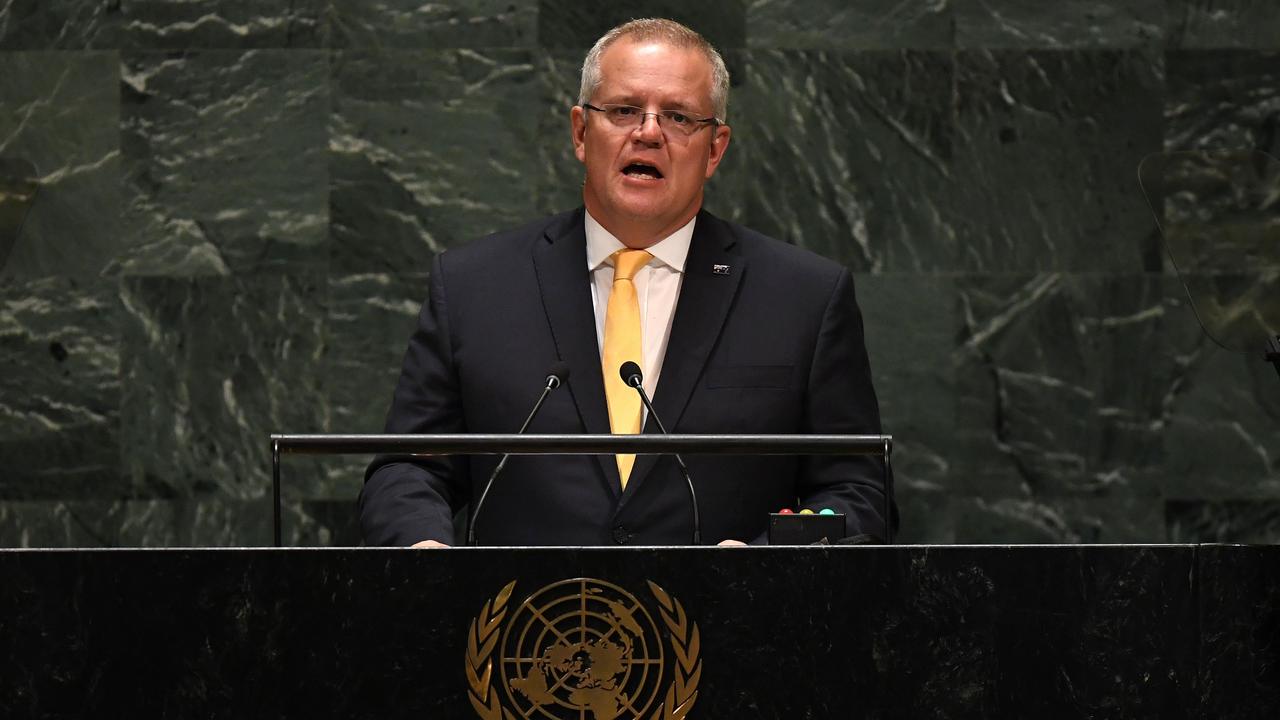
Delivering a carefully crafted backhanded compliment, Morrison gave a landmark speech in the US last week that lavished praise on China for being an economic powerhouse that ought to be treated by the global community with the respect it deserved.
It was insulting, ScoMo suggested with a barely suppressed wink, that a nation with the second biggest economy in the world and all but certain to become the supreme global superpower, should still be classified by global institutions as a “developing” country.
In diplomatic speak, this was basically the world’s biggest in-joke. Because even as China has been proudly proclaiming its military, strategic and economic supremacy — suppressing rebellion in Hong Kong, declaring the recapture of Taiwan and literally increasing its land mass in the South China Sea — it still claims that it is just a poor country struggling to make its way.
And the world officially floats along on this little fig leaf. Because China is considered a “developing” country it gets more leeway on its emissions reduction plans than “developed” countries like the US and Australia. And the kicker is that China is the biggest carbon dioxide producer in the world, emitting almost 30 per cent of the world’s fossil fuel-based CO2 emissions. This compares to a bit over 13 per cent from the US — the second highest — and a bit over 1 per cent from Australia. More worryingly, China’s emissions rose by more than 2 per cent last year, on top of another rise the year before.
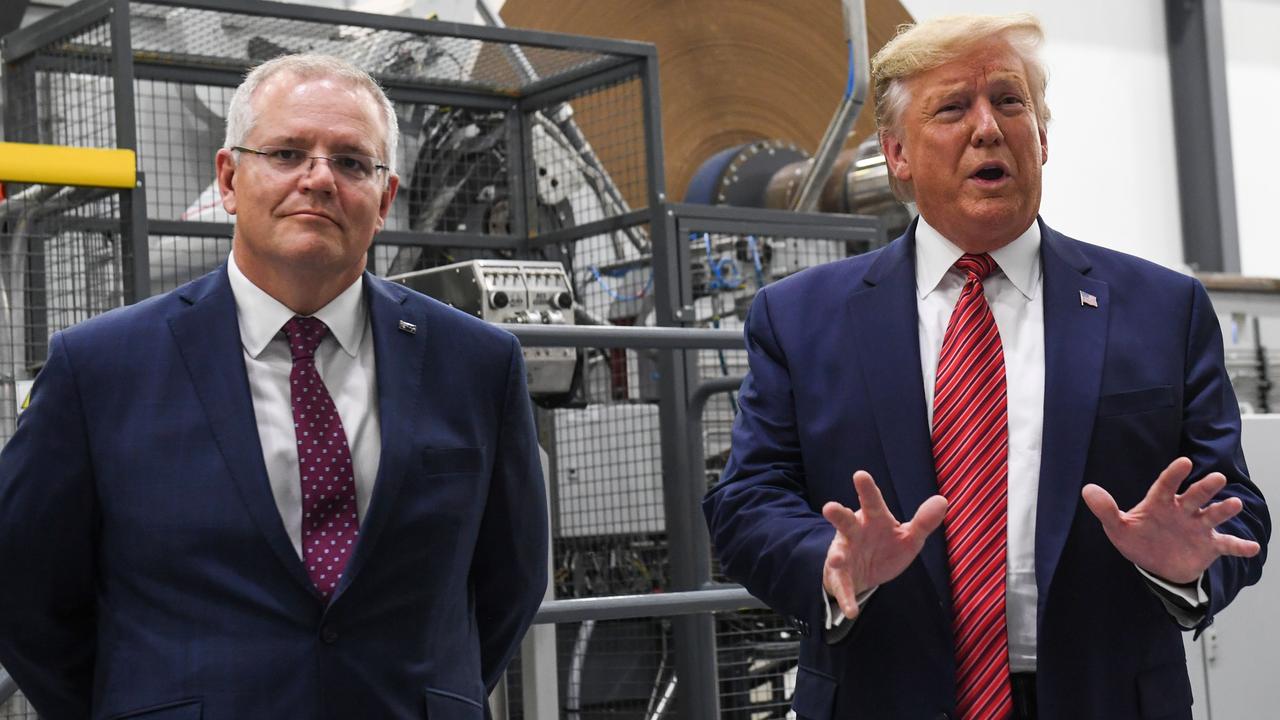
Even if you think Australia is doing sweet FA on climate change, if ScoMo succeeded in his bid to make China meet tougher targets it would probably do more to reduce carbon dioxide emissions than any other single initiative on the planet.
But even so, it’s not so simple. China produces the world’s greatest volume of CO2 because it’s the world’s biggest country whose economy has been exploding. Its per capita output is far lower than Australia and the US and it is doing more to tackle climate change than either nation.
In other words, China is at once both the problem and the solution. In a perfect illustration of this, the global monitoring program Climate Action Tracker noted China is simultaneously the world’s largest consumer of coal and the world’s largest producer of solar technology. It described it as “almost paradoxical”.
Now I’m not sure if any of the millions of kids on the streets came up with a fix for this paradox but if they did, they really should tell somebody.
And so the question remains: What do the climate change strikers actually think they are changing? Unfortunately, it certainly isn’t the climate and it probably isn’t anything at all. But still, I guess it’s better than doing drugs.
The good news is that older and wiser heads have been working on these questions for years, sensible scientists and pragmatic policymakers who are constantly racking their brains and pressing the flesh to come up with workable solutions to a problem that is as excruciating as it is existential.
And they are probably the sort of people who stayed in school.
Joe Hildebrand co-hosts Studio 10, 8.30am weekdays, on Network Ten. Continue the conversation @Joe_Hildebrand




